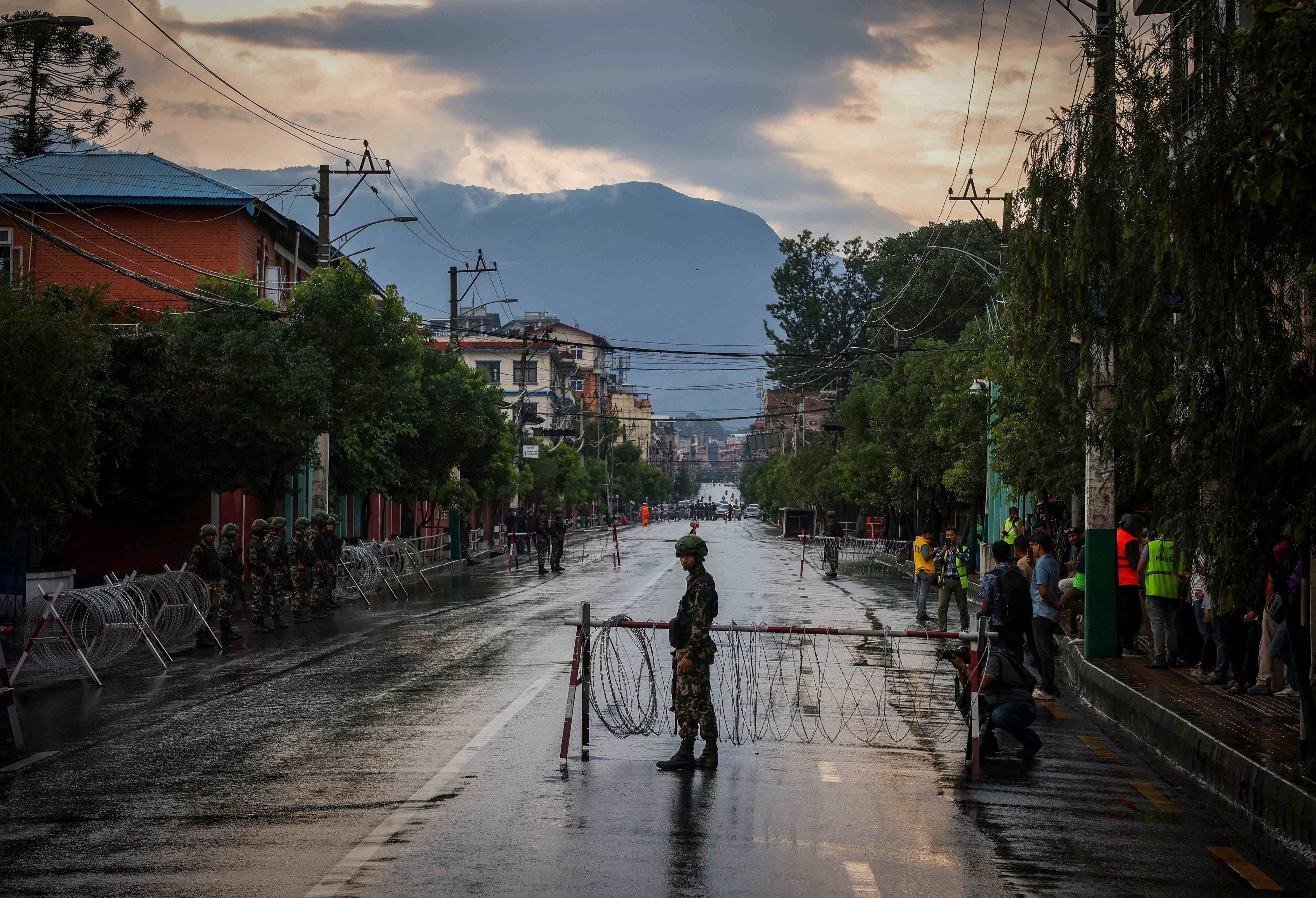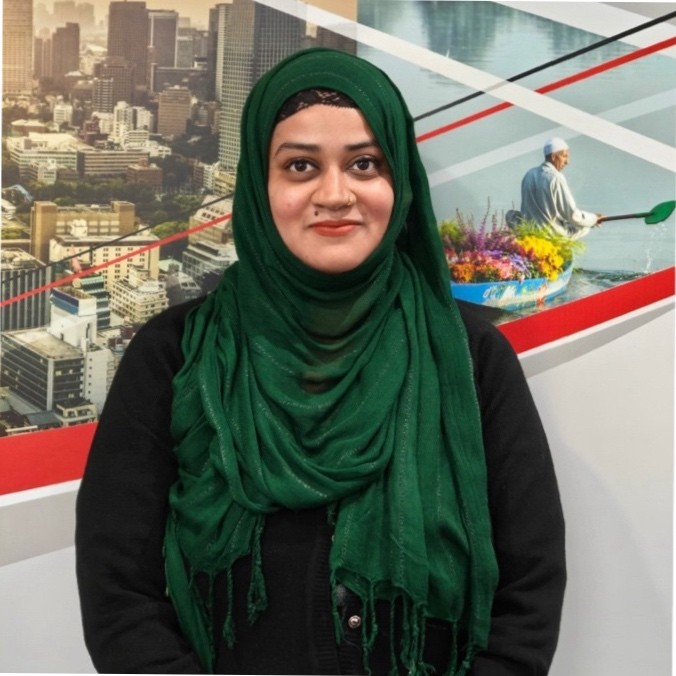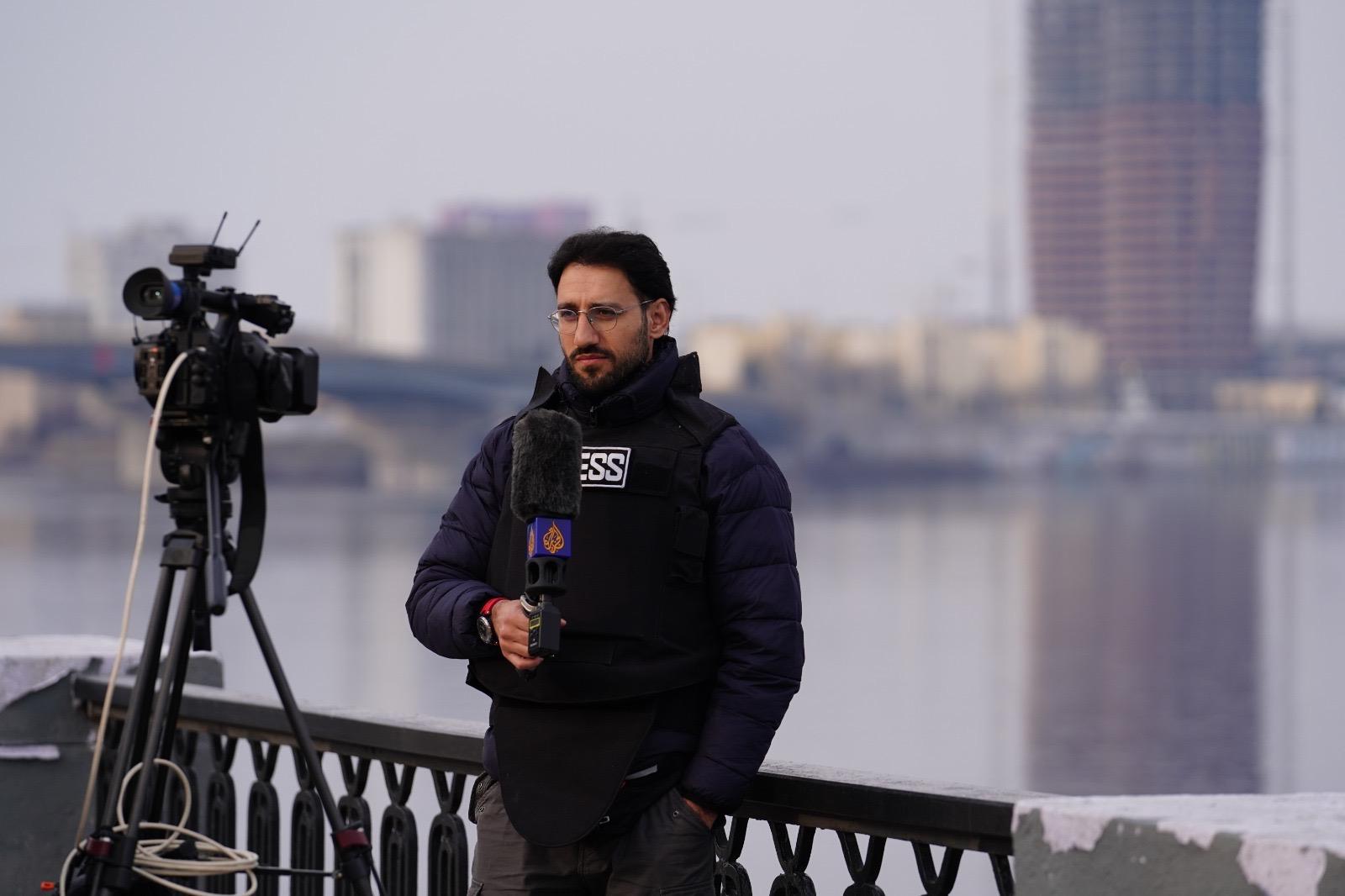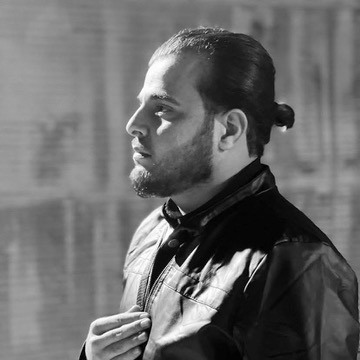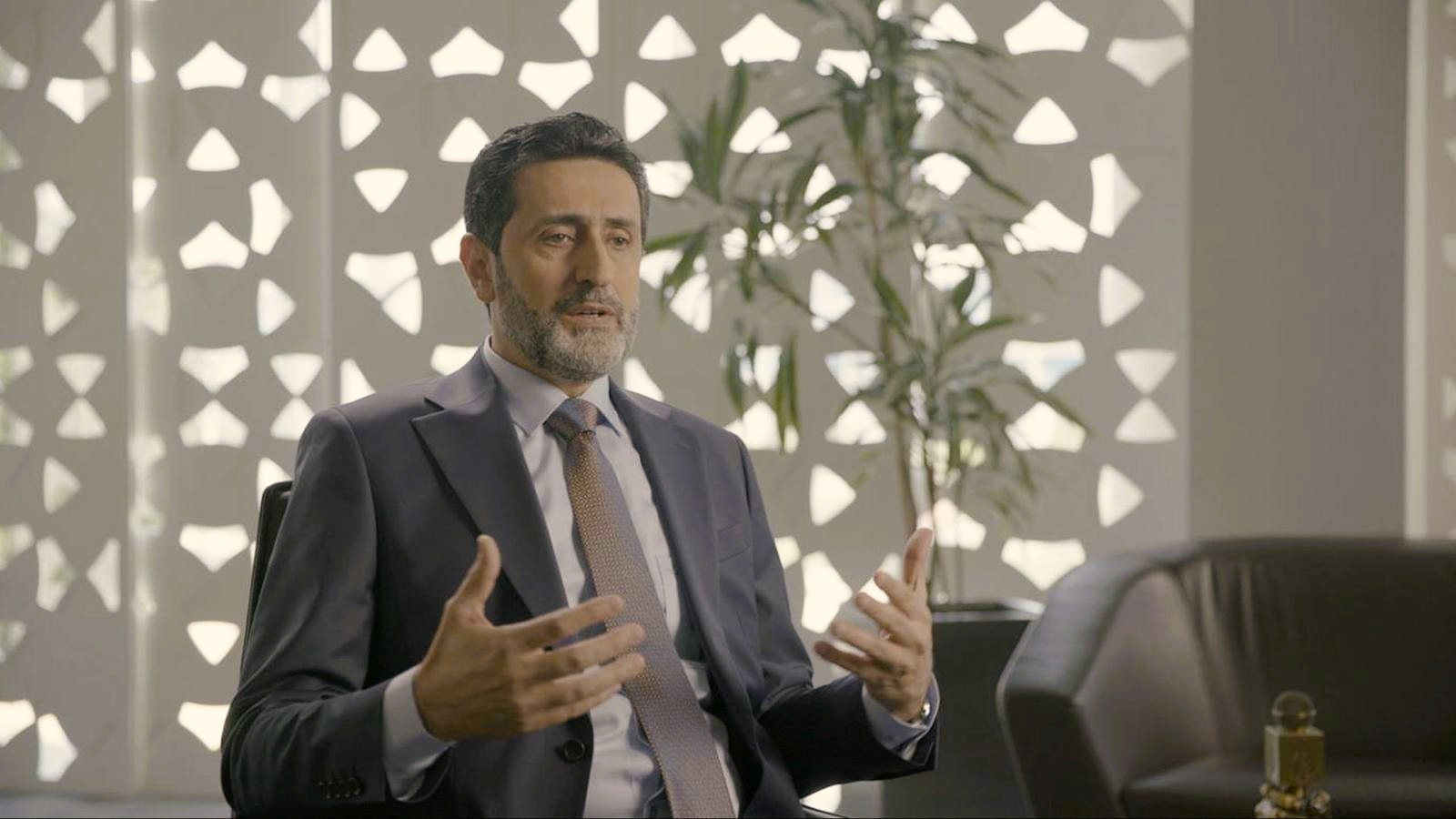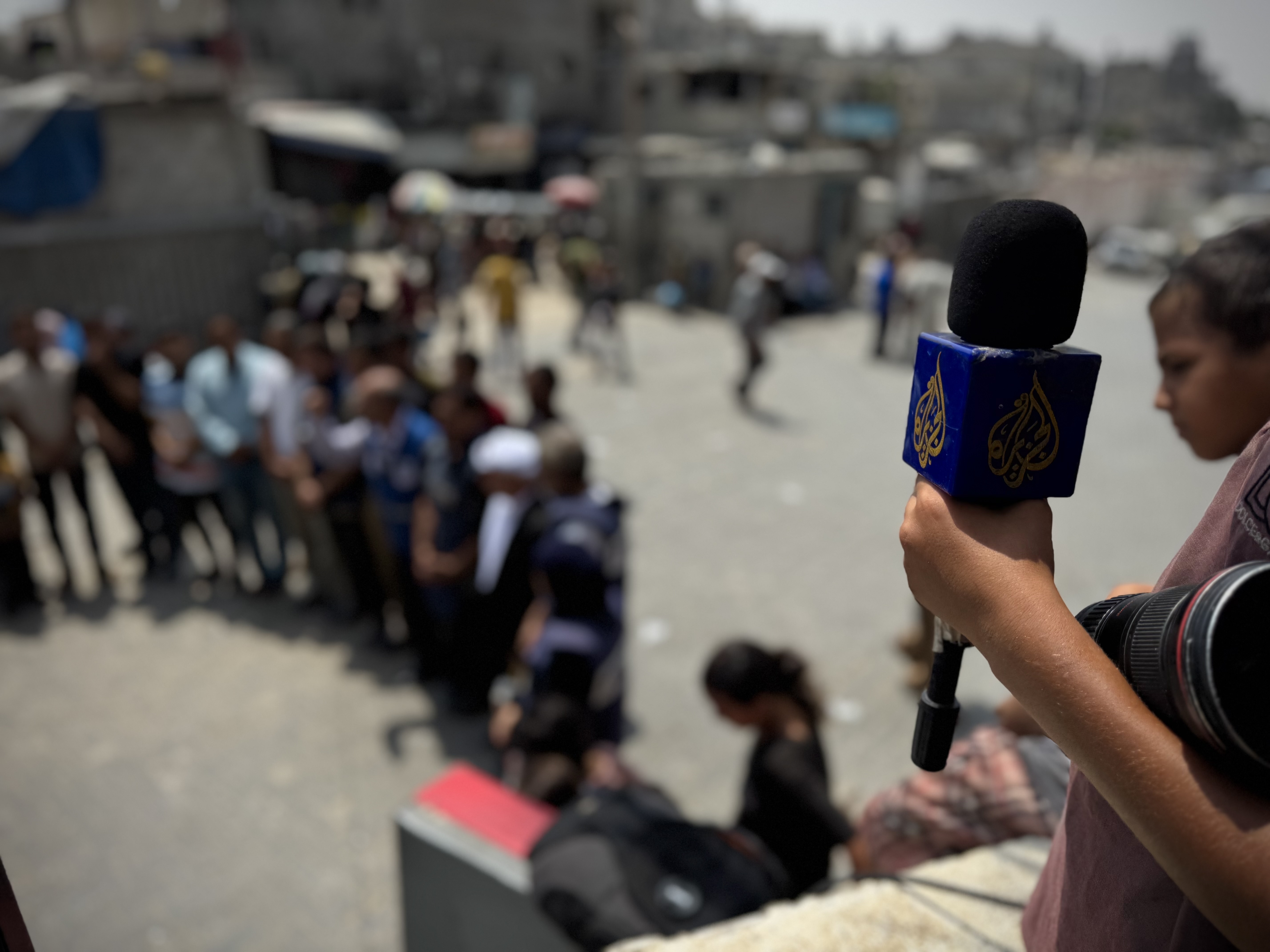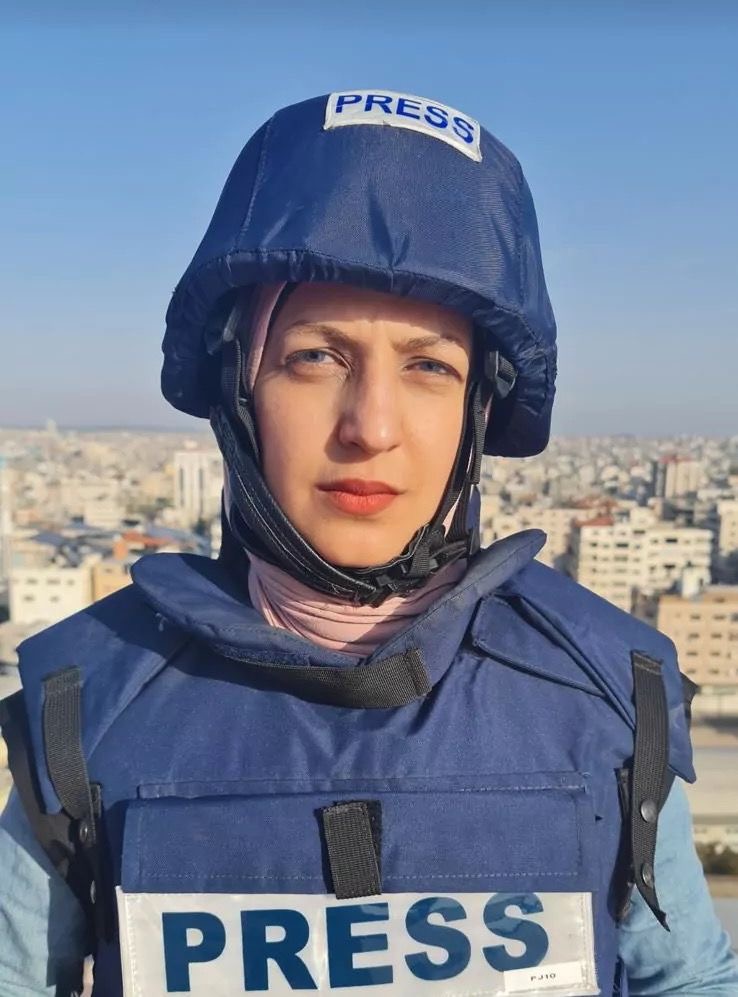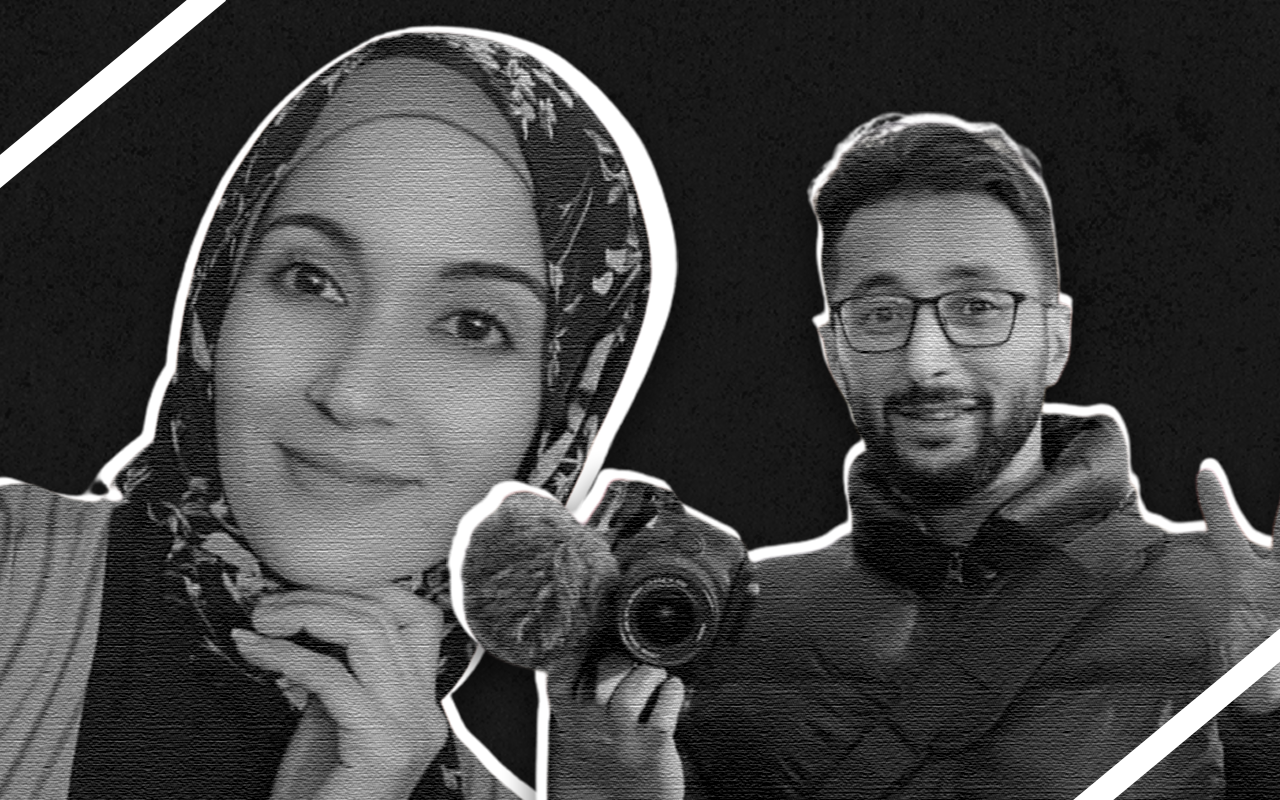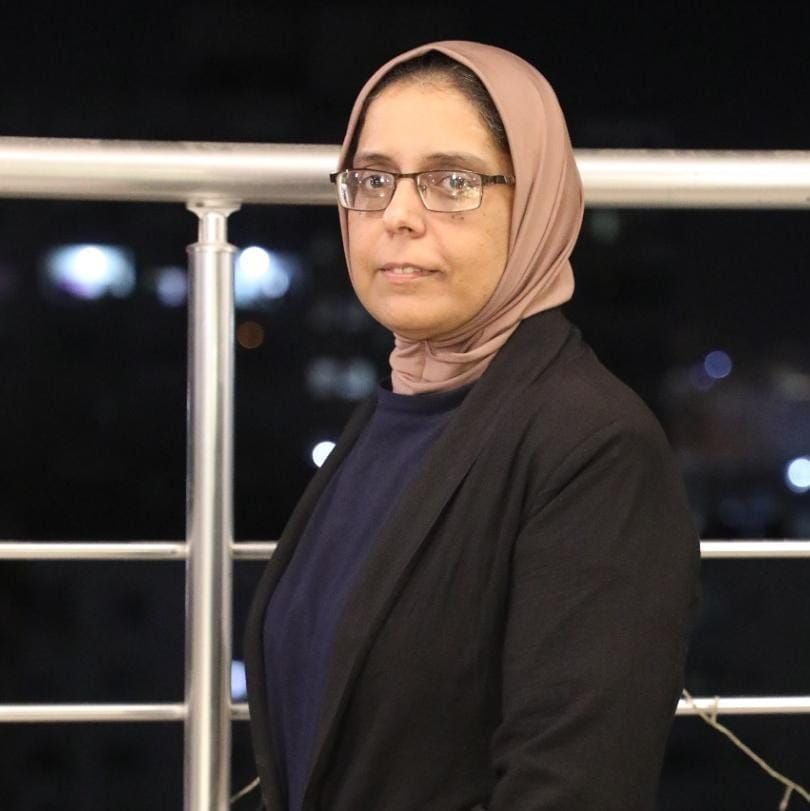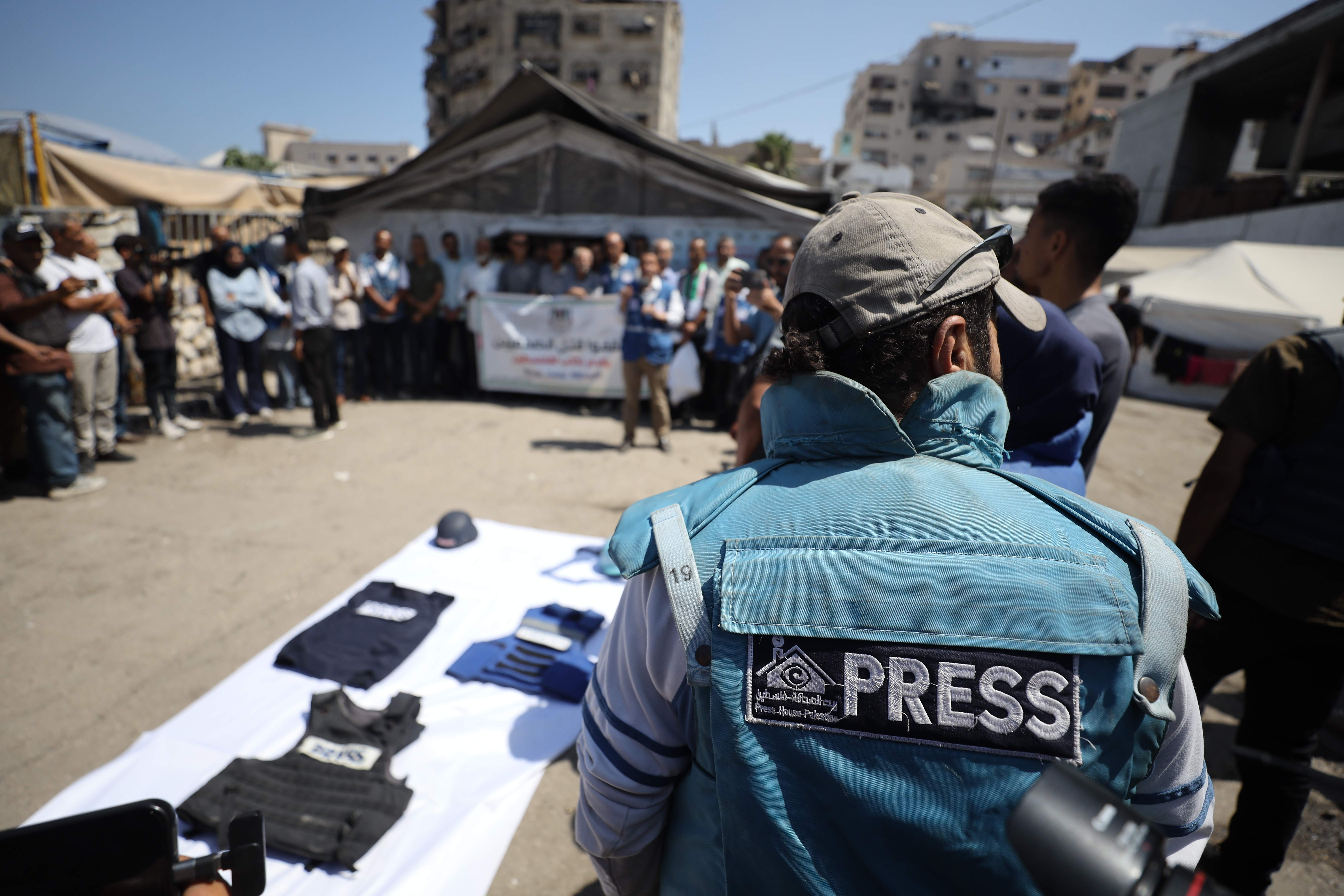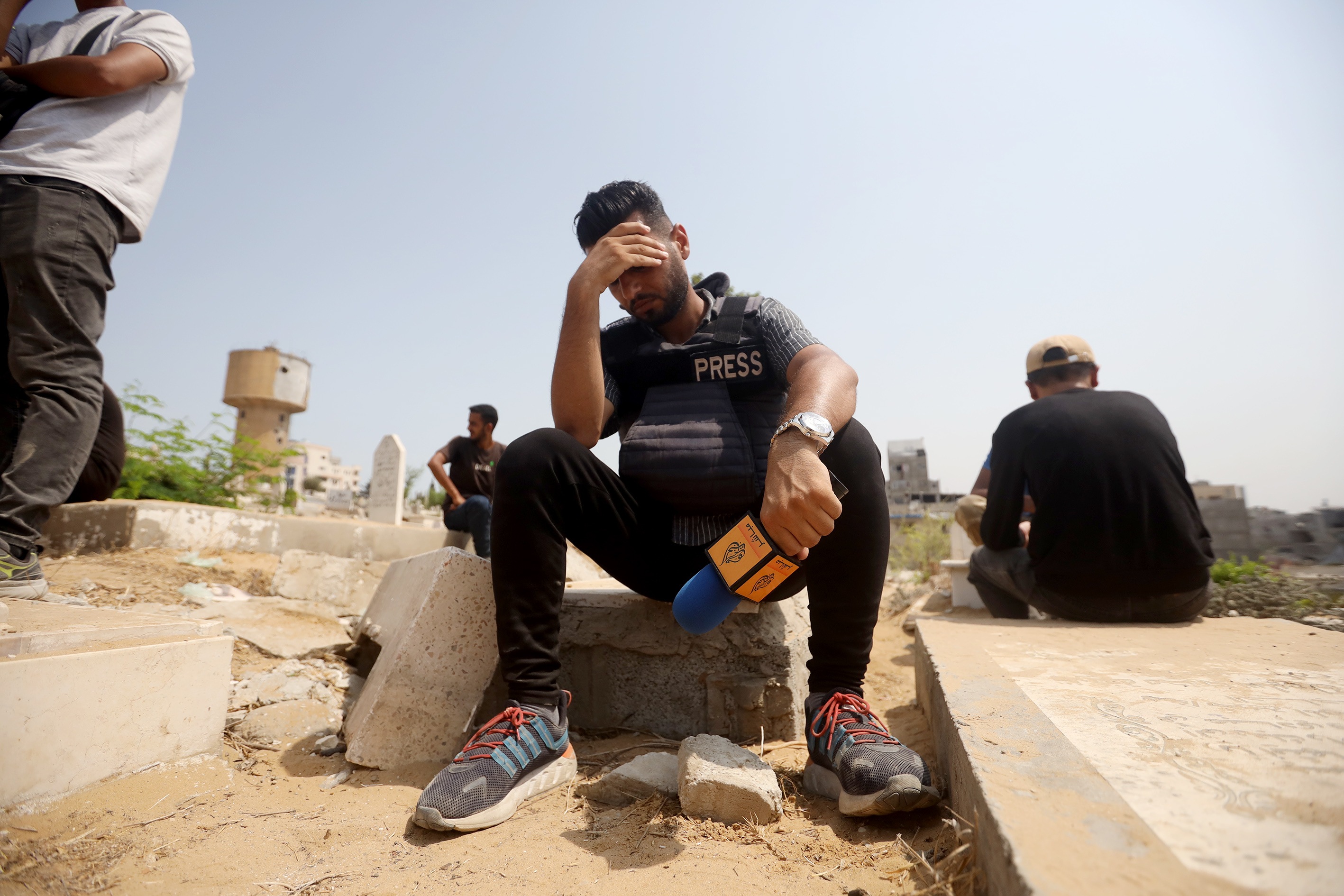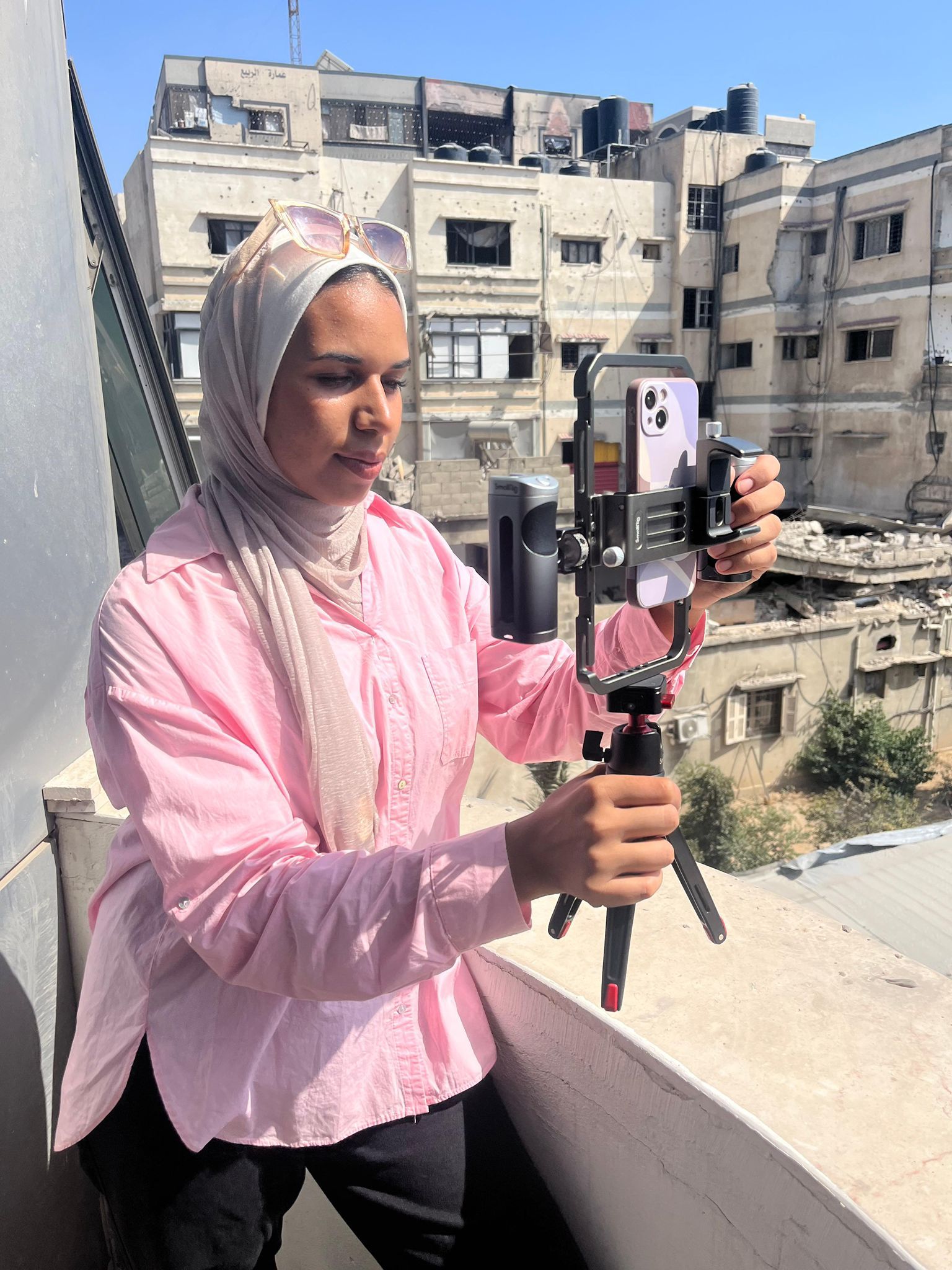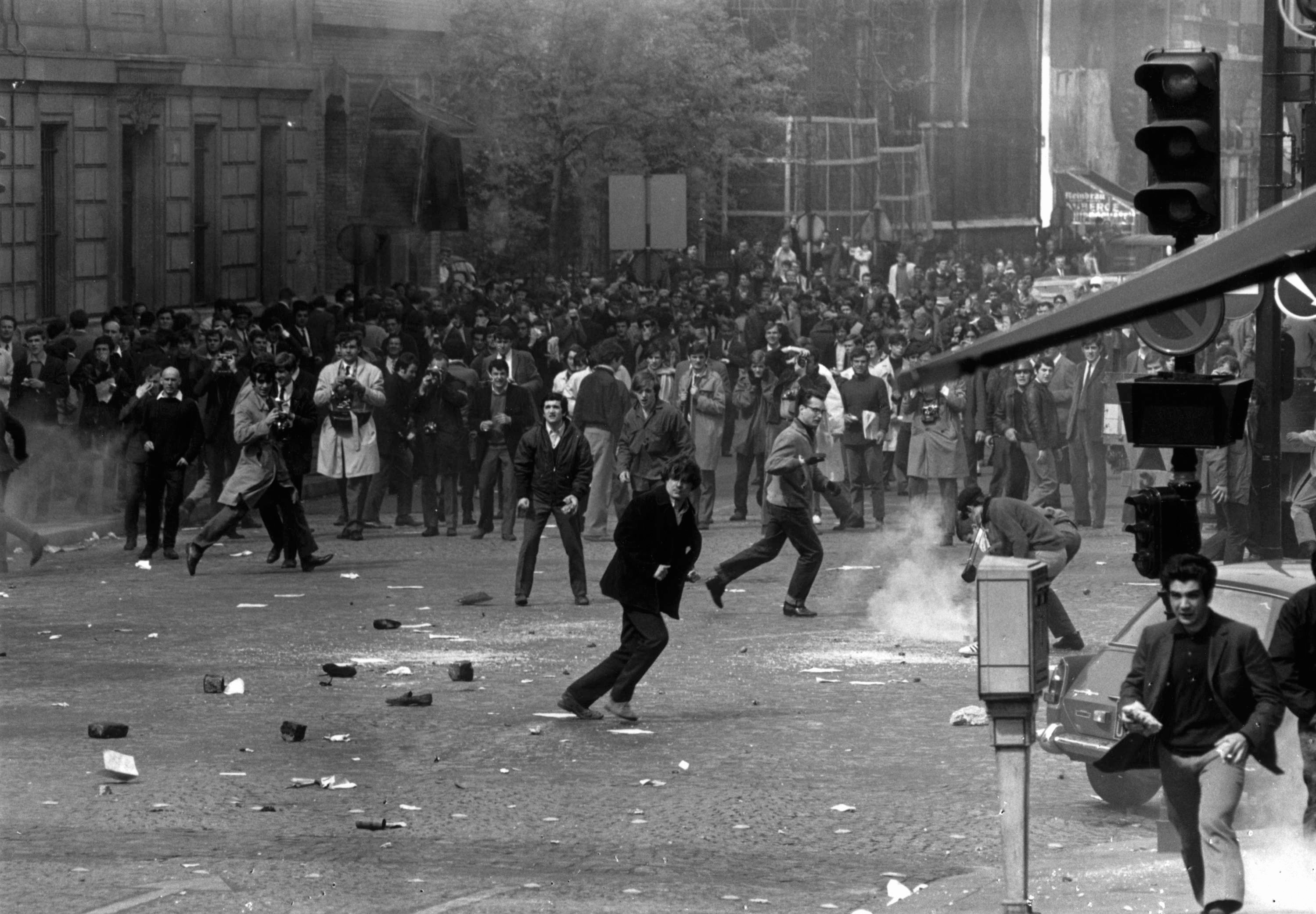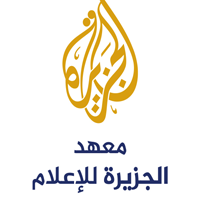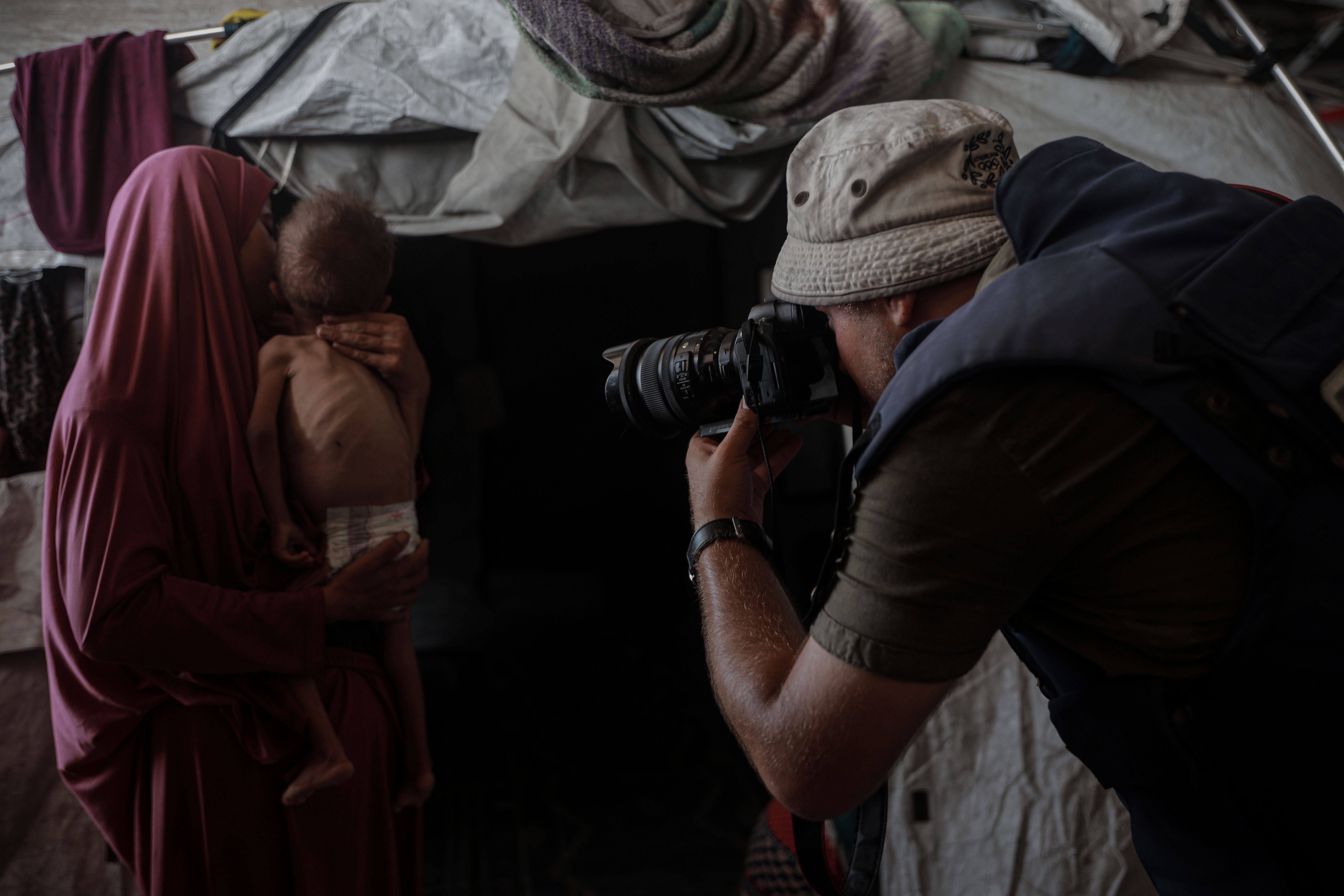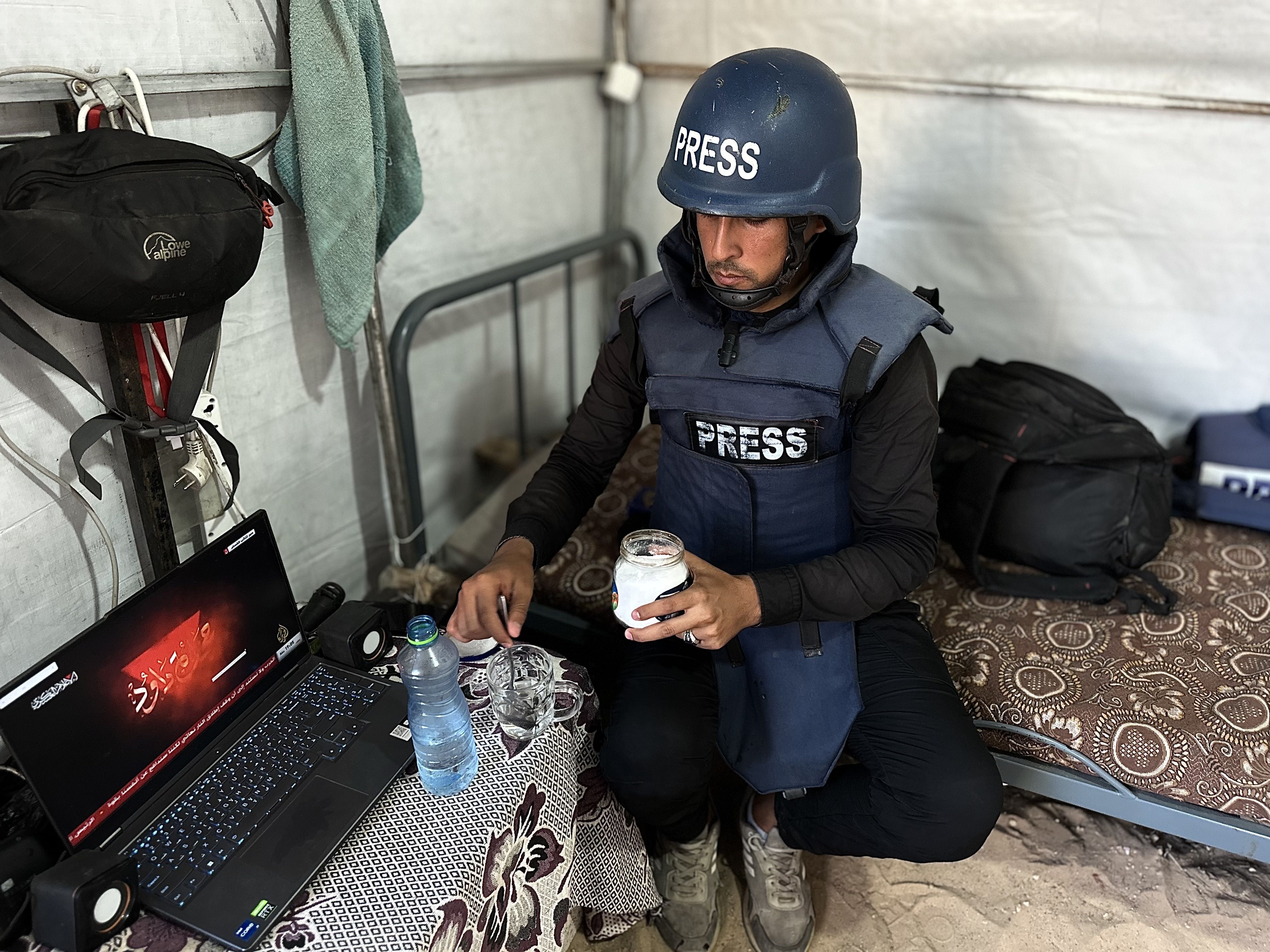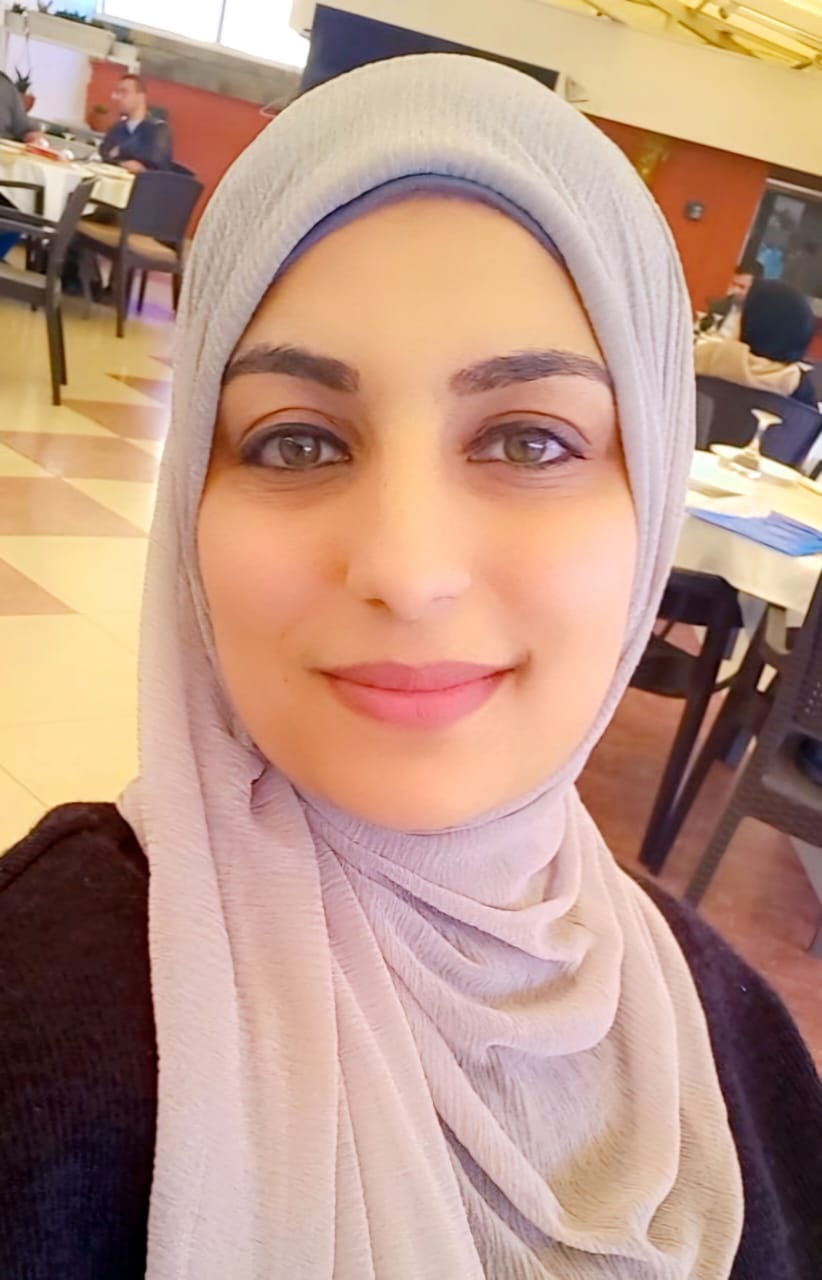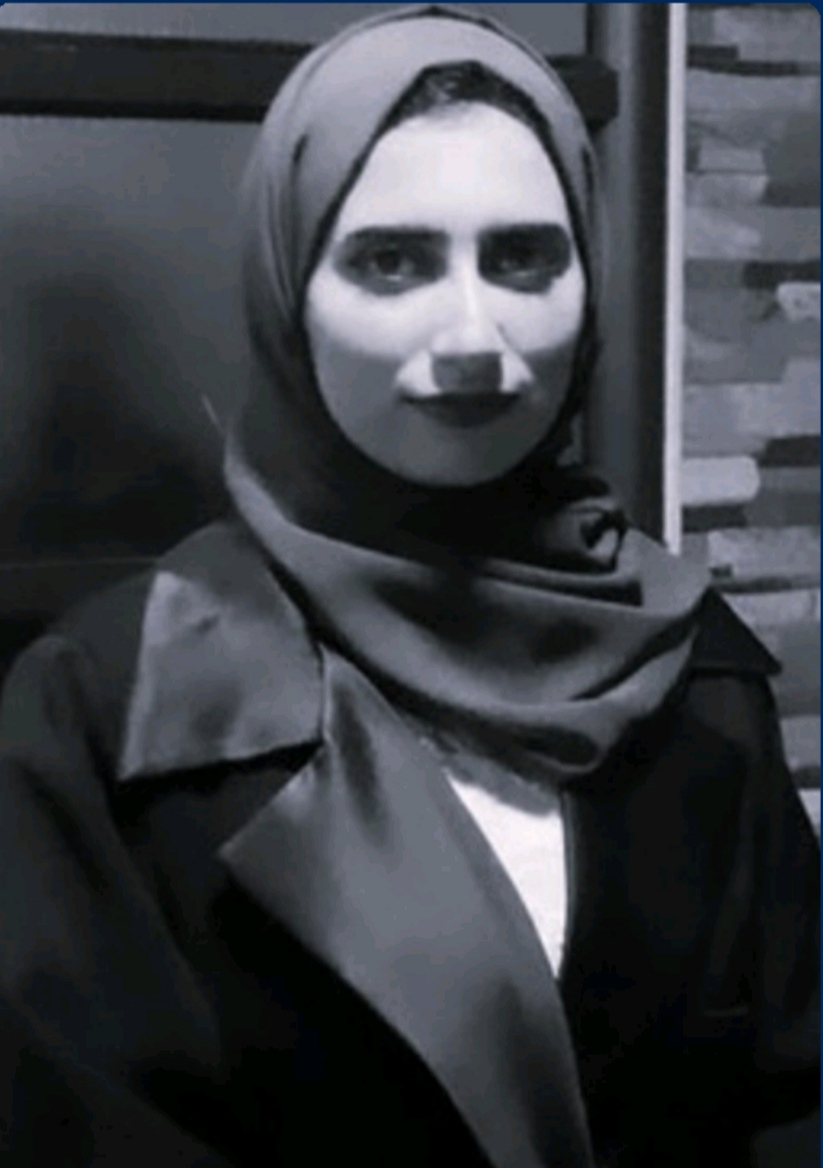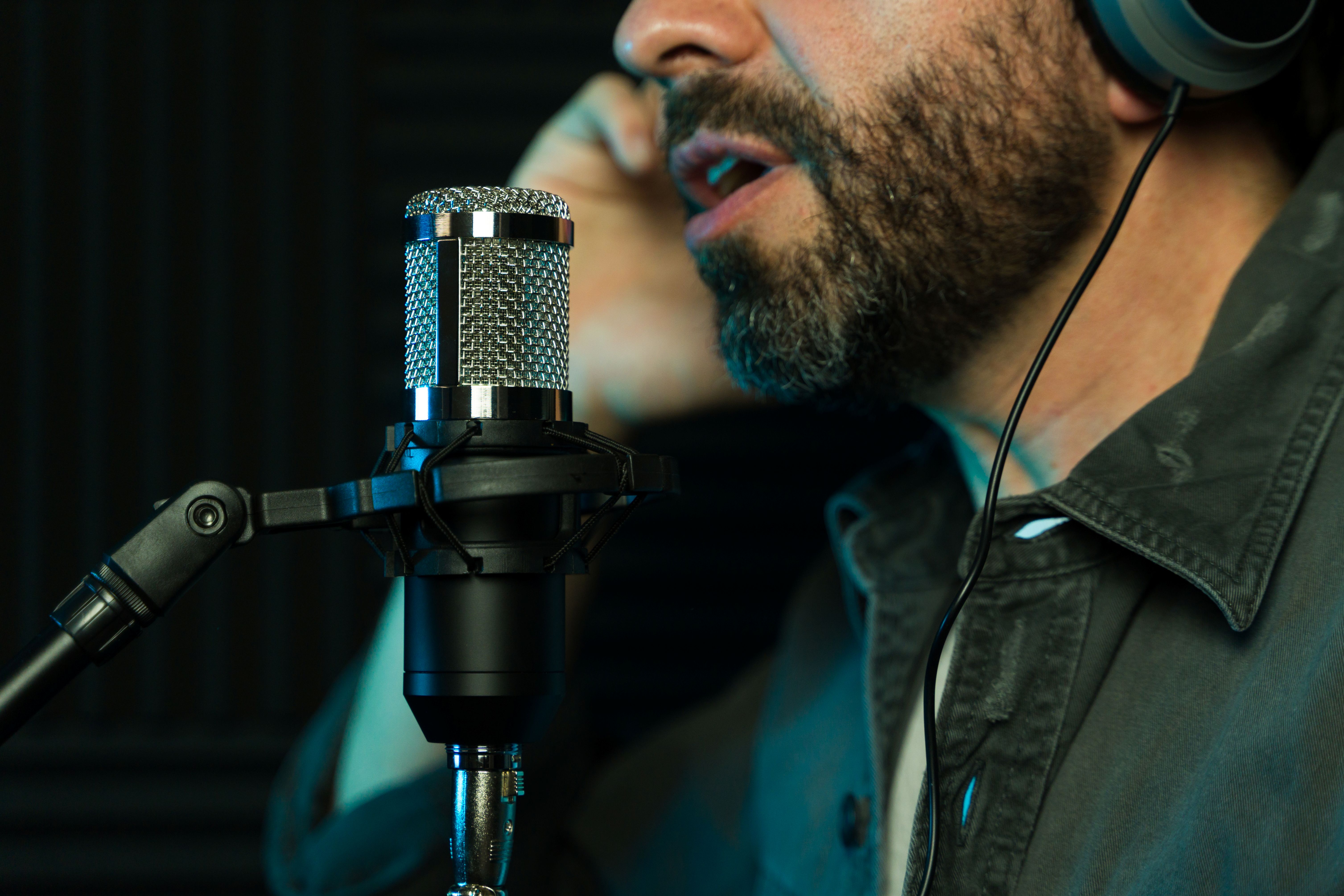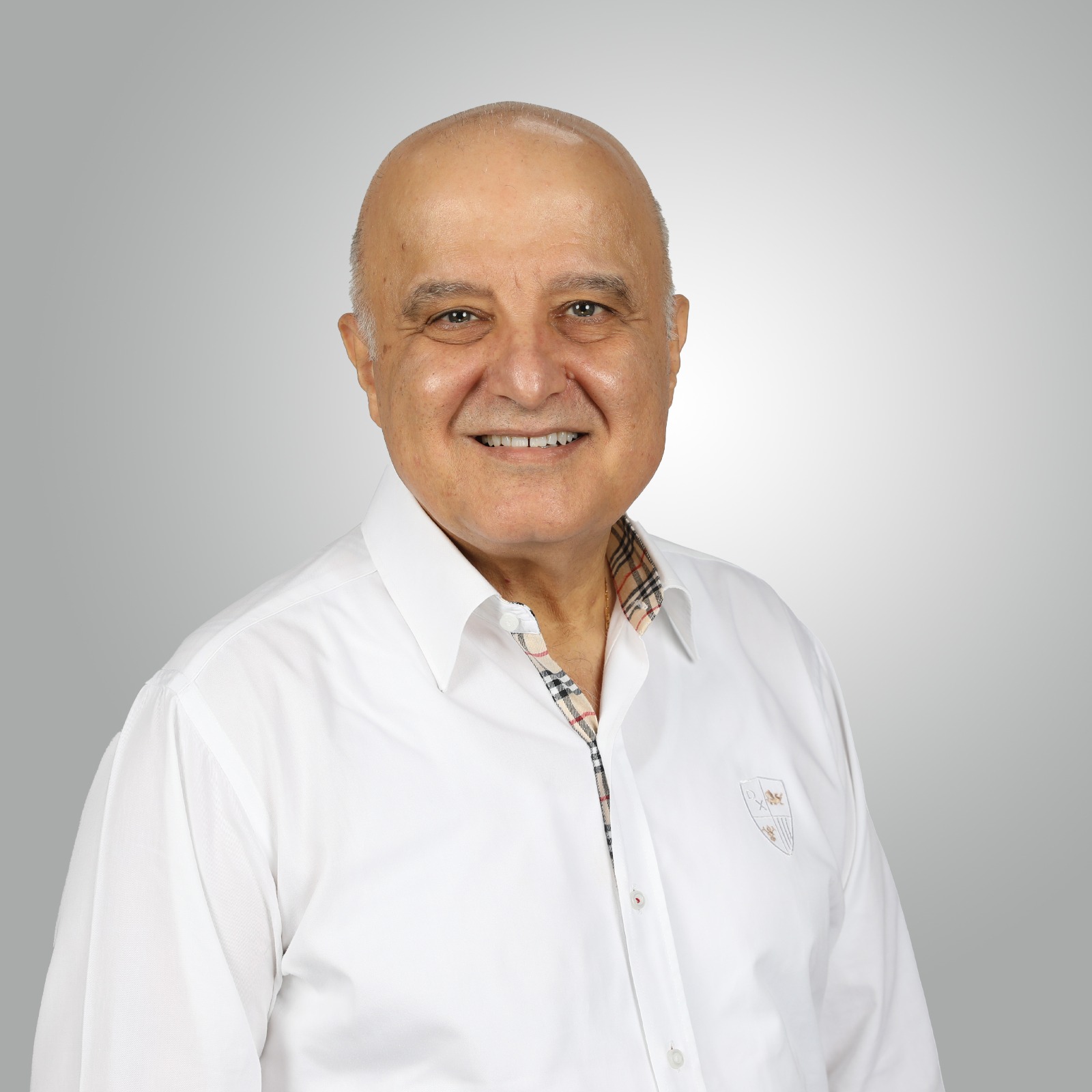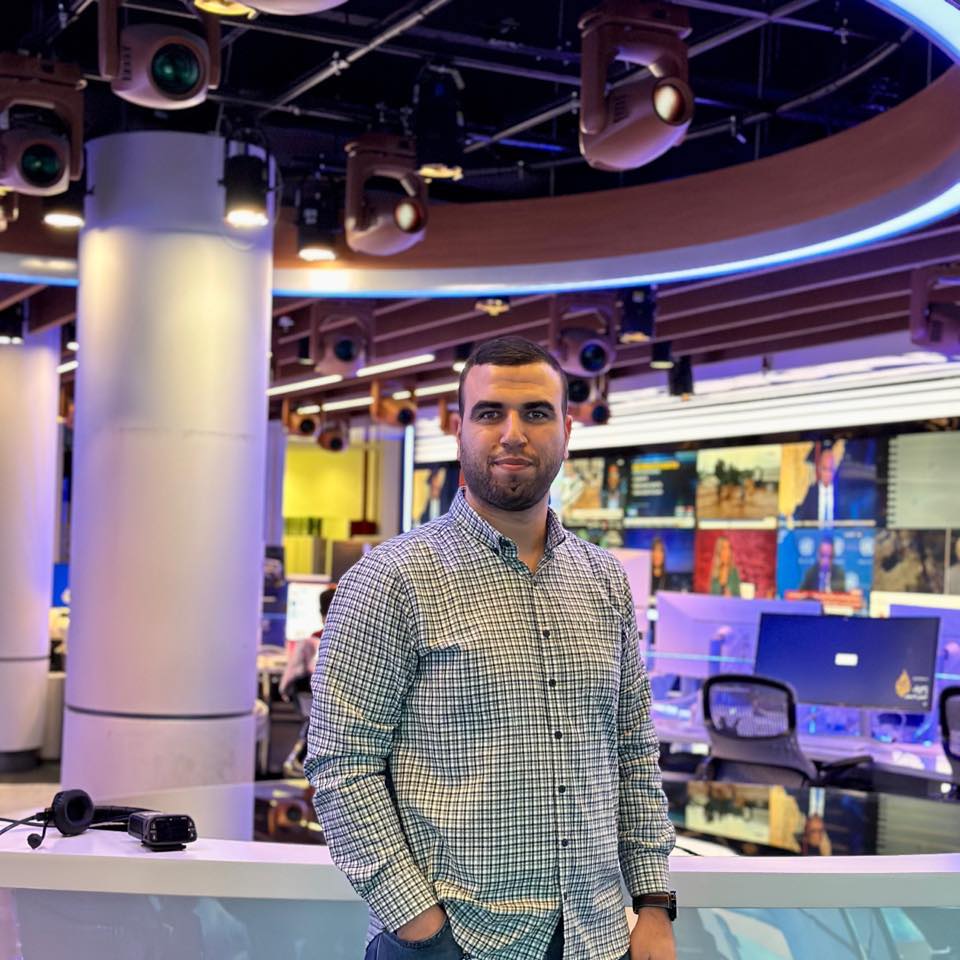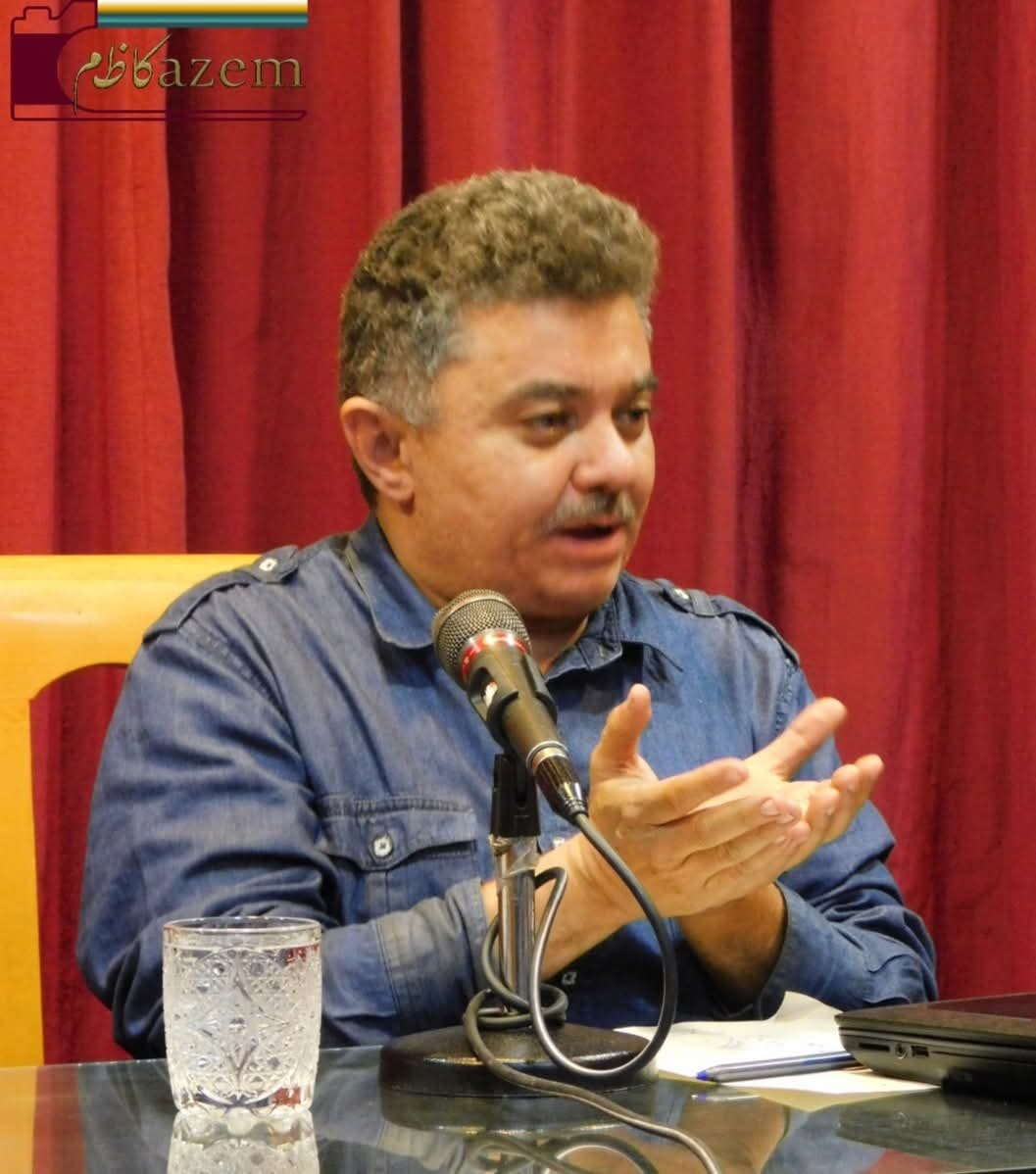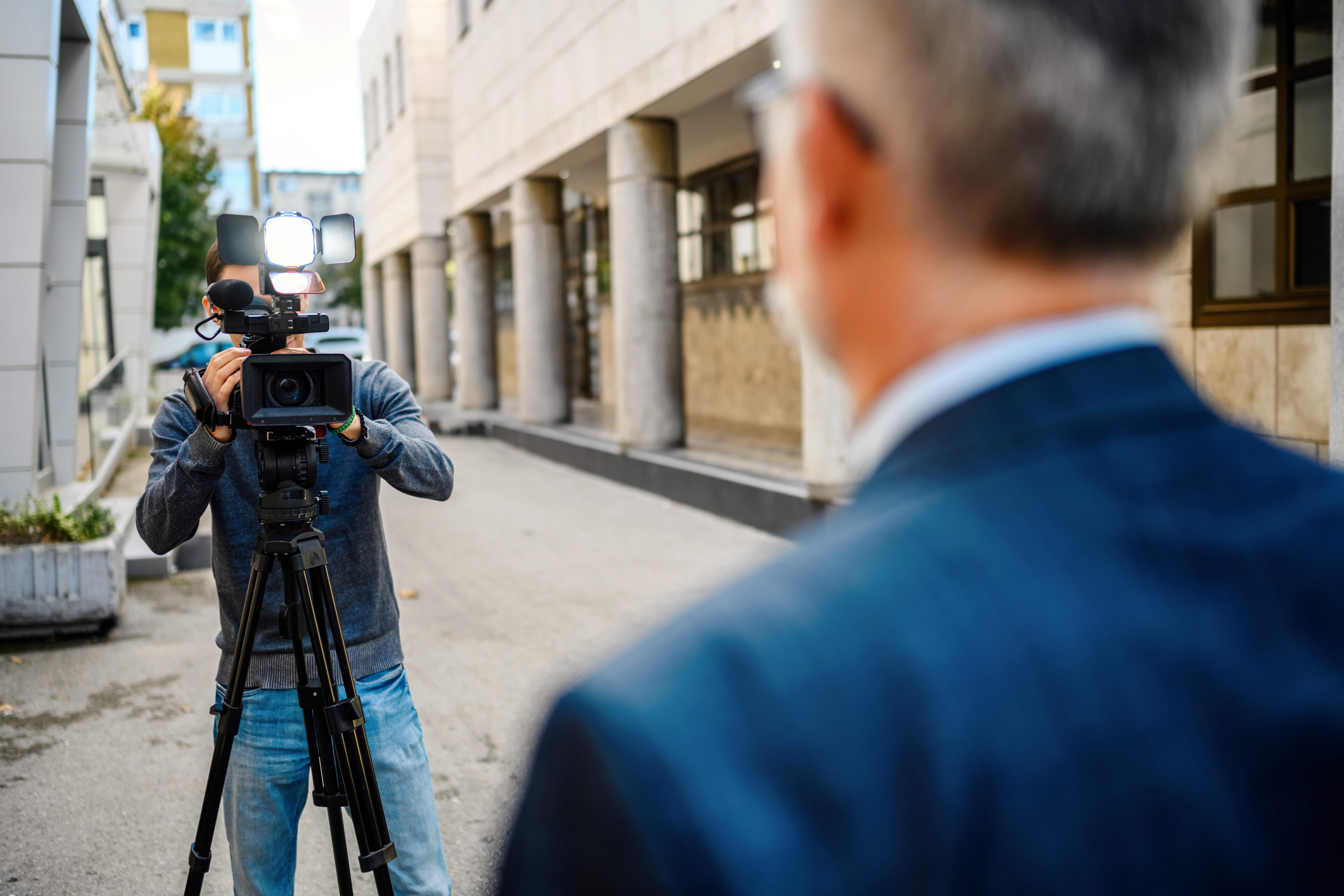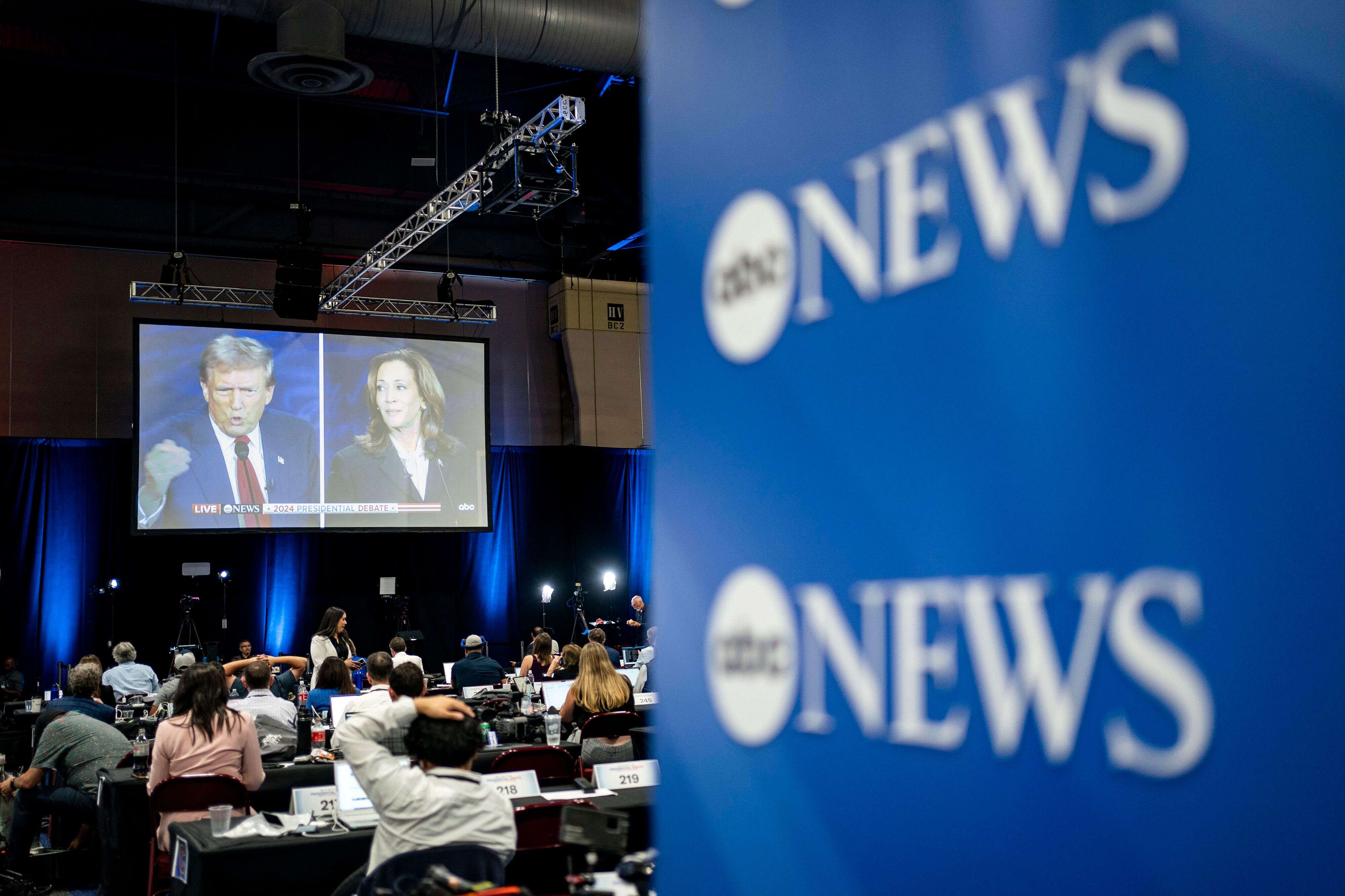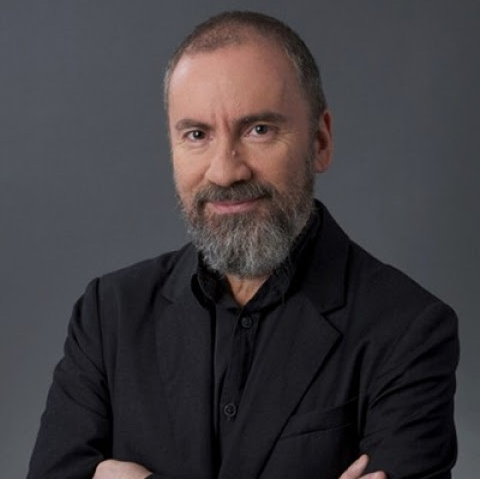Nepali journalists are under attack on two fronts: facing violence from protesters in the streets while also being targeted by government crackdowns, restrictive laws, and political interference that threaten press freedom.
Nepali journalists are walking a tightrope as they cover one of the biggest protests in the Himalayan nation. The “Gen Z protests” started in the capital city of Kathmandu and were taking place in multiple cities of Nepal on 8 September. Within a few days, it snowballed to a larger demonstration and turned violent.
On 8 September, 19 people died and hundreds were left injured, among them four journalists.
Nepal became a federal republic in 2008 after the abolition of the monarchy. The political fabric remains unstable, with 14 governments formed since 2008, but none of them completing a full five-year term. PM Oli, who resigned on 9 September owing to pressure, was elected to office in 2024 for the fourth time. Despite suffering from ill-health for years, Oli seemed determined to stay in power. The country remains unstable, with the protection of journalists becoming a rising concern.
Rubber Bullets Hit Journalists, Media Houses Burnt
Kiran Paudel, a reporter at Kantipur Media, was one of the journalists who witnessed violence on the ground. His cameraperson, Shyam Shrestha, got hit by a rubber bullet while reporting. Paudel’s other two colleagues, who were coordinating with the newsroom, rushed Shreshta to the nearby hospital.
“I continued reporting, but was asked to remove the logo from my mic to hide our company’s identity.”
Later, two media offices – including Paudel’s Kantipur Media and daily newspaper Annapurna Post – were torched to ashes.
On 9 September, Paudel and around 60 of his colleagues were evacuating the media building amid escalating tensions. On reaching the ground floor, he was hit on the jaw by one of the protestors. “Our deputy chief was brutally beaten,” Paudel told Al Jazeera Journalism Review.
Their entire office building was then set on fire, stopping the broadcast channel of Kantipur Media TV. Employees worked from home and kept updating Kantipur's social media channels. Kathmandu Post, a newspaper under Kantipur Media, managed to publish their newspaper the next day.
"Kantipur was on the radar because one of its editors is close to the Nepali Congress," says Mamta (name change), a female Nepali journalist who has been in the industry for over 20 years. The Nepali Congress is one of the prominent political parties in the country.
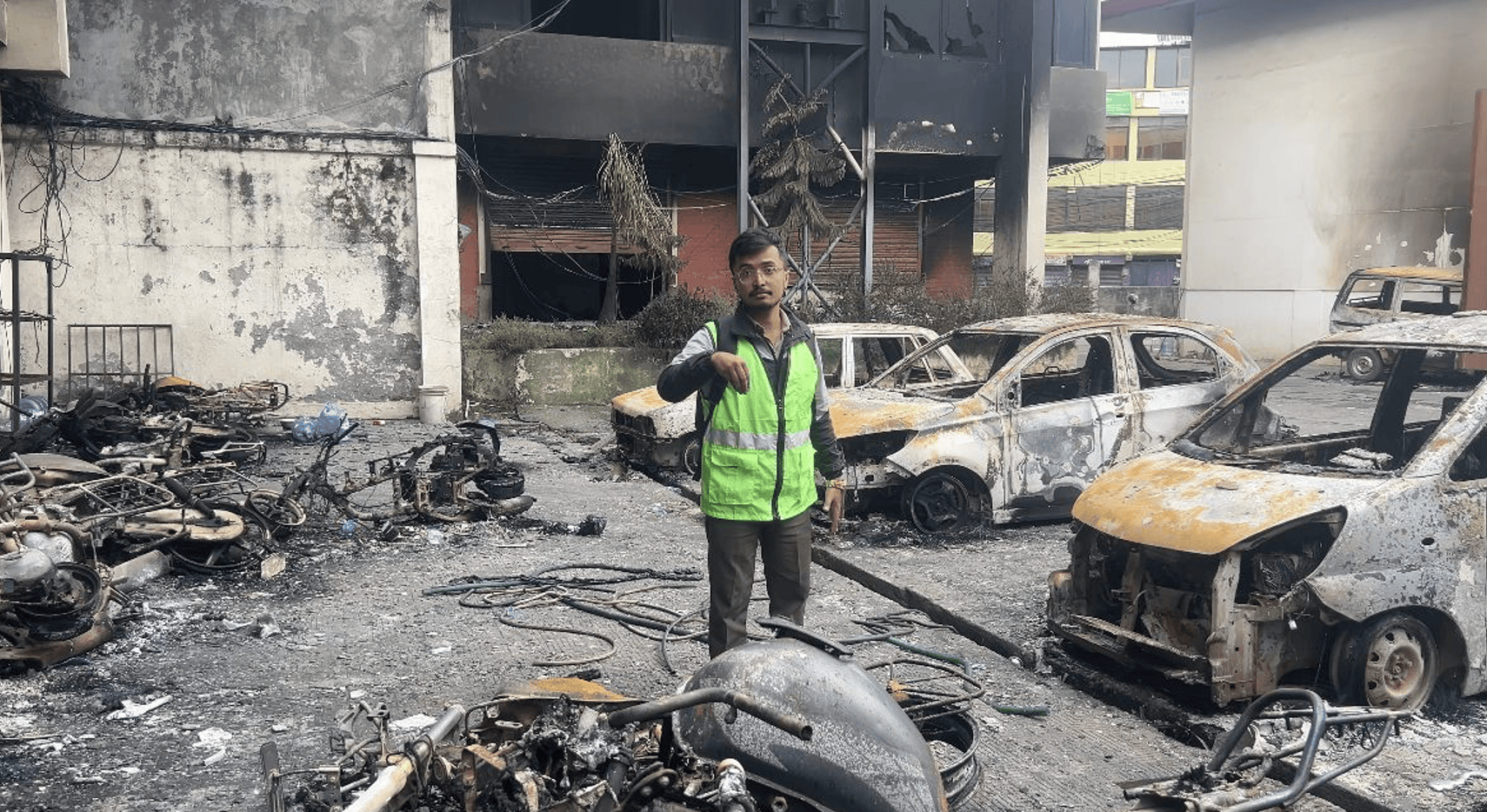
This is not the first time Kantipur Media and Annapurna Post have been targeted. In March 2025, during pro-monarchy protests advocating for the restoration of old kingdom rule in Nepal, their offices were hurled at by stones.
Barsha Shah was one of the female journalists who were injured while covering the protests. She shares that the situation worsened when the protestors tried to break into the Parliament House, and it was then that she and her fellow colleagues got hit by stones.
“I do not know if they were thrown by protestors or the police.”
Mamta also raised concern over a mob harassing an Indian woman journalist, asking her to go back to India.
Nepal and India have been on rough terms, moreover recently because of a border issue which has dominated the news in both countries.
Declining Press Freedom
Media Monitoring by the Federation of Nepali Journalists (FNJ) reported 60 incidents of press freedom violations in 2024, up from 58 in 2023 and 53 in 2022
Earlier this year, the Committee to Protect Journalists raised concern over the newly passed Social Media Bill and Media Council Bill by parliament.
The new Media Council Bill replaces the country’s Press Council, once tasked with upholding press freedom. Under the new law, the government gains the power to appoint key figures—such as the chairperson—raising concerns about its independence. Meanwhile, the proposed Social Media Bill threatens to restrict platforms widely used by journalists, further undermining media freedom.
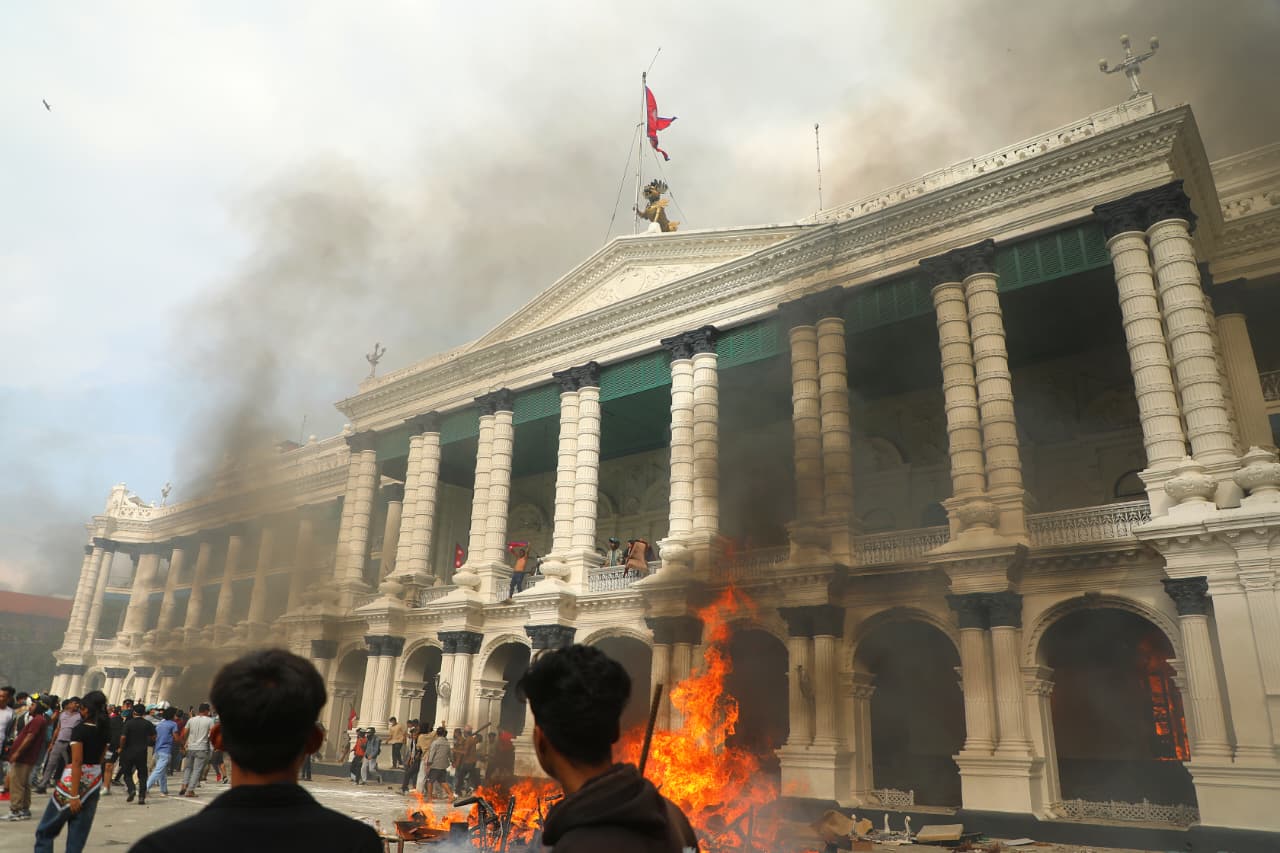
Freedom Forum Nepal, a non-government organisation which works for the protection of democracy and human and press freedom in the country, has been posting about the attacks against media persons after 8 September. Nanu Khadka, who leads a media monitoring team at the organisation, says that the media has played an informative role in the recent protests. “They have broadcast live the whole situation even after facing bullets and attacks targeted at the protestors,” Khadka adds.
The journalists injured during the protests can be said to be wounded involuntarily. But the torching of media houses was clearly targeted.
“These violent attacks are more due to political reasons. As in the March protest of monarchists too, these media houses, Kantipur and Annapurna, were targeted,” says Khadka.
Jagdishor Panday, 37 years old, is the editor of The Diplomat Magazine, Nepal. Panday is also working remotely due to the situation. Panday says that media houses in Nepal have been attacked by different groups, including populist, leftist and rightist parties in Nepal. Panday points out the shifting of advertisements on social media has impacted the environment and revenue of these companies.
He shares that businessmen and politicians are an influential factor in how the media works in the country.
Paudel highlights that when he joined journalism in 2021, it was already politically sensitive, but journalists still felt relatively safer compared to today. Over the last five to ten years, the environment has grown more hostile: increased political polarisation, pressures from multiple sides, and rising threats to physical safety.
Legal, Economic Challenges
Nepal became a federal republic after the abolition of monarchy in 2008. The country’s constitution guarantees freedom of expression and prohibits prior restraints on press freedom. Committee to Protect Journalists has also flagged a trend where journalists pursuing alleged corruption cases were handed legal threats. Journalist Dil Bhushan Pathak, who runs a YouTube channel, was charged in a cybercrime case for his show "Tough Talk with Dil Bhushan". His show talked about an alleged corruption case involving the son of Sher Bahadur Deuba, Vice President of the Nepali Congress and one of the biggest politicians of the nation.
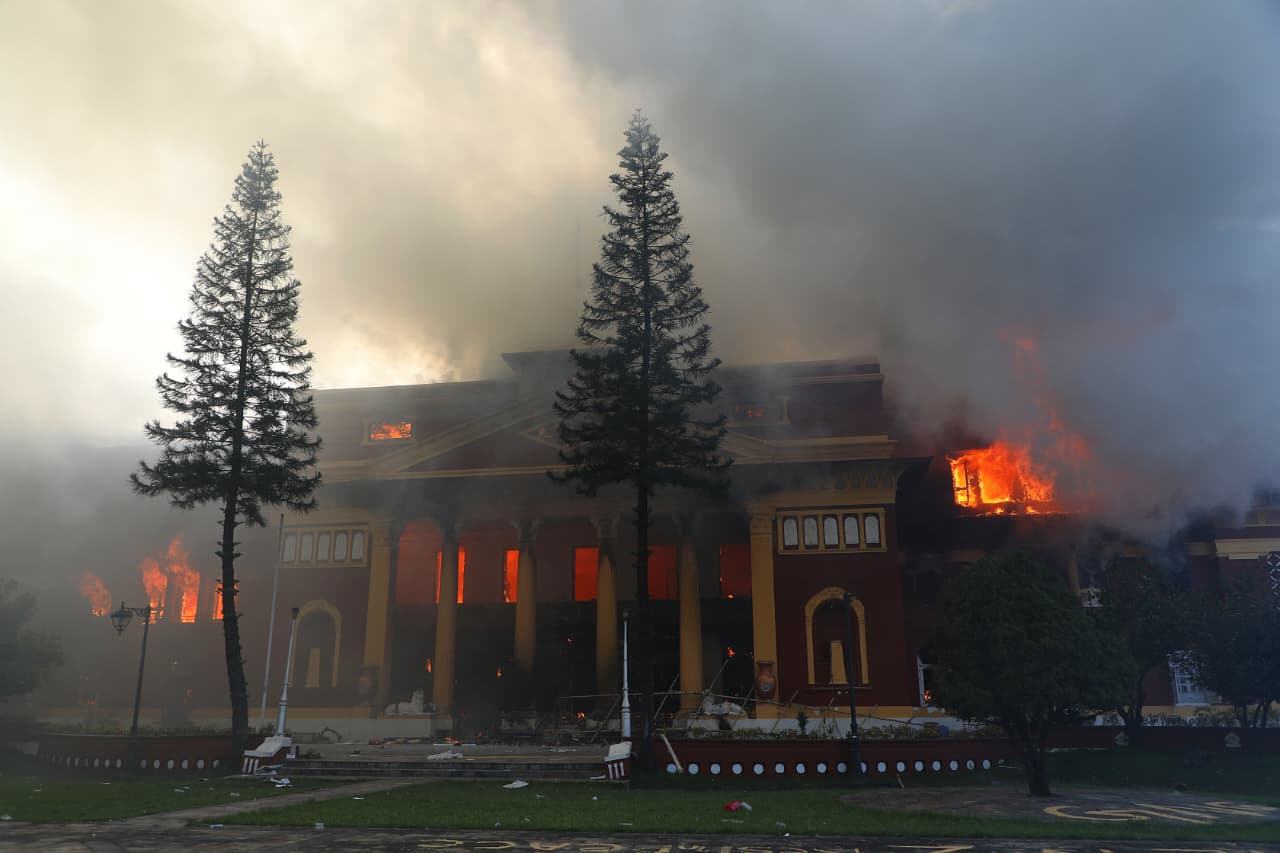
Freedom Forum Nepal (FFN) told Al Jazeera Journalism Review that lately a number of journalists and media houses have faced court cases for reporting. “Journalists have been facing cybercrime charges for critical reporting on online platforms, adding to the emotional trauma on journalists,” she adds.
Khadka, who has been closely monitoring the media landscape of the country for FFN, shares there are several instances where journalists were attacked for covering investigative stories and stories critical of the government. “Political parties are the major hostile elements issuing threats and causing attacks upon journalists for critical reporting,” she notes.
A young journalist in his 20s, Paudel shares that one of his stories was taken down after an intervention from Nepal’s Ministry of Land and Cooperatives. He shares feeling “the pressure” to not pursue it.
Referring to how the country rebuilt itself after the 2014 earthquakes, he adds, “Journalism, too, must rise from the ashes, stronger, louder, and prouder.”
